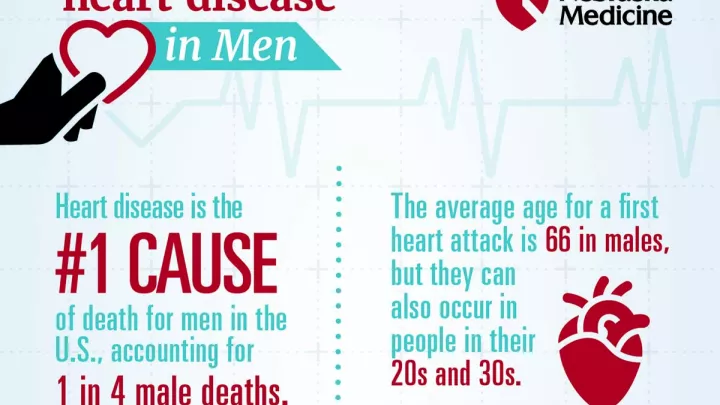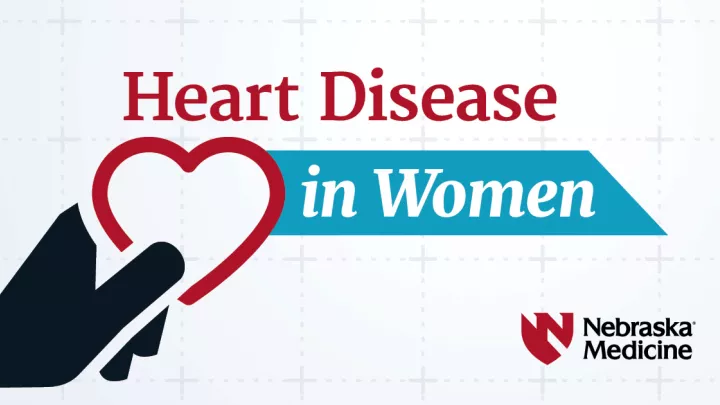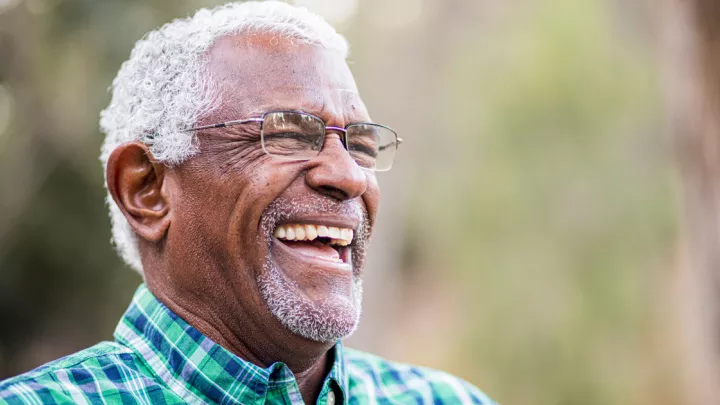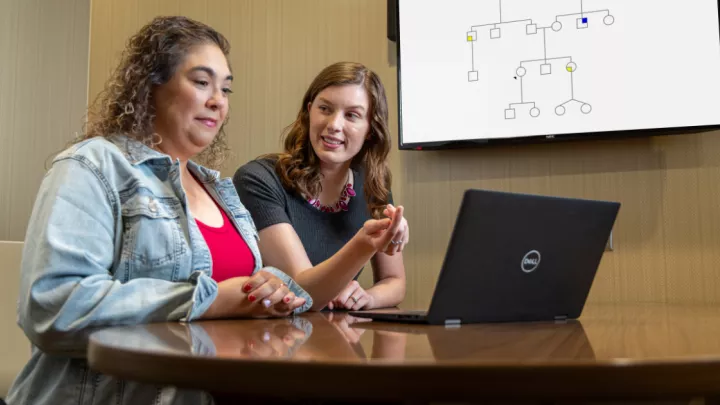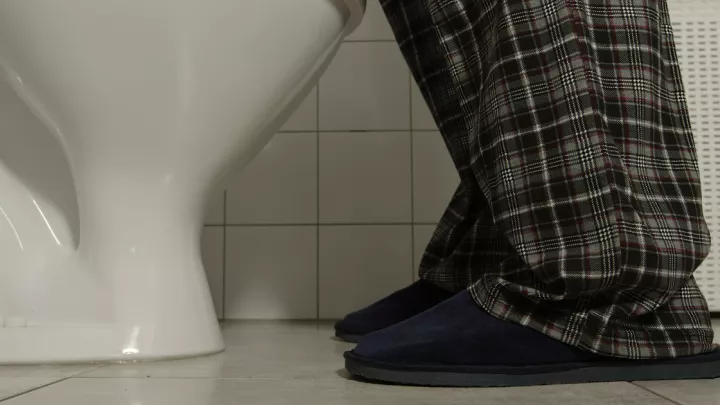Heroes at home: How 2 wives used CPR to save their husbands' lives
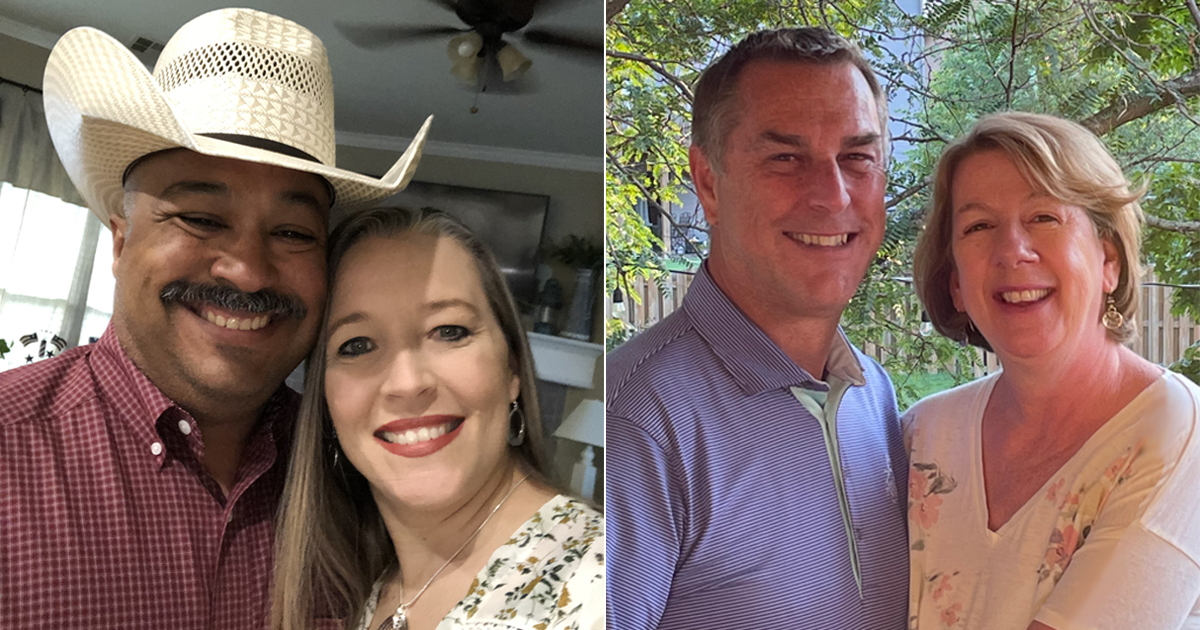
CPR is one of those skills we all know we should learn. But the truth is, 70% of Americans don't know how to respond during a cardiac emergency, according to the American Heart Association (AHA).
Many of us feel it's something we'll never have to use. But that's not true. Home is where 4 out of 5 cardiac arrests occur, according to the AHA. That means the life you save is likely to be a spouse, a child, a parent or a friend.
It's important to know CPR
But does it really help, you ask? When performed immediately, CPR can double and even triple a person's chance of survival.
"The sooner CPR is performed, the higher the chances of survival and the less chance there is for permanent heart damage," says Anthony Castleberry, MD, Nebraska Medicine cardiothoracic surgeon. Nearly 45% of out-of-hospital cardiac arrest victims survived when CPR was administered by someone close by, reports the American Heart Association.
Daniel Villarreal, 47, and Matthew McFadden, 56, are two of those survivors. They are both here today after experiencing potentially fatal heart attacks, thanks to the quick action of their wives. They both performed CPR on their husbands until an ambulance arrived on the scene.
Daniel and Katrina Villarreal's story
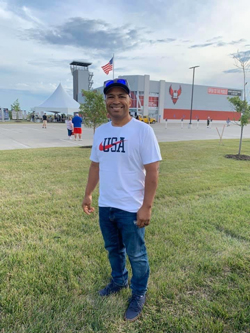
Katrina, Daniel's wife, still remembers that warm day in July 2020 when the two of them decided to drive to a local park in Bellevue, Nebraska, to go for a run. Katrina didn't always join Daniel, but fortunately, on this day, she decided to come along.
After completing the run, Daniel turned and gave Katrina a congratulatory high-five. That's when he seized up.
"His whole body tensed up as he fell to the ground," recalls Katrina. "He started having seizure-like symptoms. There was another vehicle close by so I yelled to them to call 911."
Katrina's past training in CPR kicked in. "I just started going through the motions and began compressions immediately."
Shortly after, the ambulance arrived. Daniel's heart had gone into a lethal rhythm. He was resuscitated twice with an automatic external defibrillator (AED) as the ambulance made its way to Bellevue Medical Center. Daniel's condition was critical. He was immediately put on ventilator support when they arrived at the hospital.
Cardiac catheterization performed the next day confirmed that he had a "widowmaker" heart attack due to 100% blockage of the left anterior descending (LAD) artery and 80% blockage to another artery. The LAD is a major artery on the left side of the heart that moves blood to the heart. This type of heart attack is called the widowmaker because without emergency treatment, most will not survive.
Later that day, Daniel was transferred to Nebraska Medical Center to prepare for an advanced double bypass surgery procedure using multiple arterial grafting performed by Dr. Castleberry. "This procedure uses arteries from other areas of the body to bypass the occluded artery rather than using veins," says Dr. Castlebery. "There is growing evidence that this technique is more durable and longer lasting than the conventional method."
Several days later Daniel underwent a second surgery to place an implantable cardioverter defibrillator (ICD) that would help detect and stop any irregular heartbeats in the future.
Matthew McFadden and Gayle Kerr-McFadden's story
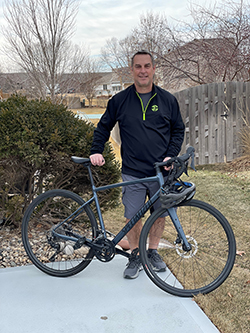
Matthew and his wife Gayle Kerr-McFadden experienced a similar set of circumstances. Matthew had just finished a 15-mile bike ride. As he was putting his bike away, he felt an intense pressure in his chest. "It was uncomfortable enough that I knew something wasn't right," he says.
Matthew was able to step into the house and alert his wife that he needed to go to the hospital. Shortly after he got into the passenger seat of the car and dialed 911, he blacked out.
"911 instructed me to recline him and begin CPR as quickly as possible," says Gayle.
The sound of sirens never sounded better, recalls Gayle. "I was physically tired from doing compressions," she says. "It didn't take them very long to arrive but it seemed like forever."
Matthew was carried into the ambulance where he was resuscitated twice with an AED on the way to the hospital. A CT scan revealed that he likely had a heart attack. A heart catheterization performed the next day confirmed it. Matthew too, had a major blockage to the widowmaker artery. Double bypass surgery with arterial grafting was performed by Dr. Castleberry. A few days later, an ICD was implanted.
As scary and emotional as the experience was, Gayle says it was comforting to be at the Nebraska Medical Center. "The med center has some of the top doctors in the area and the best reputation for heart care," says Gayle. "Everyone on the medical team made us feel so reassured that we were in the right place."
Genetics play a role in heart health
In both Daniel's and Matthew's cases, genetics likely play a large role in their heart attacks, says Dr. Castleberry.
The fact that both men were in good shape and exercised regularly probably helped them survive the incident and endure both surgeries and recovery with excellent results.
"The quick and heroic work of their wives and the fact that they were able to respond so quickly in a crisis situation was incredible," says Dr. Castleberry. "They truly saved the lives of their husbands because they knew CPR. Myself and the rest of the care team were very inspired by their stories and to see them recover and get back to their normal lives is truly rewarding."
If you're worried you might be genetically predisposed to heart problems, consider scheduling an appointment with our Heart and Vascular Genetics Clinic. Learn more about cardiovascular genetics.
Where to learn CPR
Simply watching a CPR instructional video can significantly increase your success at administering life-saving resuscitation.
Hands-only CPR (CPR with just chest compressions) has been proven to be as effective as CPR with breaths in treating adult cardiac arrest victims and has been recommended by the American Heart Association since 2008.
If you're interested in learning CPR, here are a few training options to consider:


